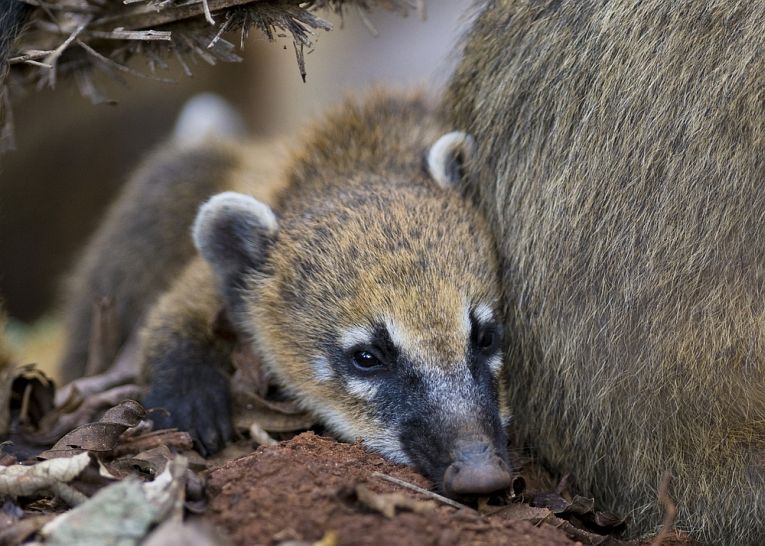Hyperdominance is a new word to us. It refers to a small number of species in a community having a disproportionate influence and applies directly to the great 5.3 million km2 forest of the Amazon. Surprisingly, those with greatest numbers of stems or even biomass had less dominance in terms of carbon storage or wood productivity.
The intriguing results come from Sophie Faucet of the University of Leeds et al in the journal Nature Communications as Hyperdominance in Amazonian forest carbon cycling. It is a truly international paper with many eminent authors from Europe and the Americas..
Biodiversity in the Amazon goes without saying, with hotspots in several of the Andean foothills as well as the riverine habitats. 16,000 tree species have their habitat here. The forests’ trees store the most carbon of any of the Earth ecosystems, contributing 14% of carbon fixed in the global carbon cycle. Studying 530 forest plts all over the continent, the research attempted to discover if carbon storage and woody carbon production were mainly concentrated in hyperdominant
species. The most abundant species would obviously be front-runners, while interest also lay around the dominants in each community and whether they performed any special functions within the system.
The 227 hyperdominants form only 1.4% of species with other extremely common trees helping to prove that small numbers of species provide much of the wood from the trees
. However, the function of even rare individual trees within the individual habitats is also liable to be important. Lifespan, density of wood and growth rate also pay a part in determining how influential a species is. The hyperdominants were typically only so important in one or two of the 5 major regions of Amazonia, especially in terms of biomass and productivity. As just one example, the authors note that Dinizia excelsa scores low in terms of stem abundance but is really hyperdominant in terms of actual biomass (24th in the total tree list) Its enormous size and wood density ensure that, in terms of biomass, it can really dominate its community. Dinizia is from an Afro-American group of mimosa-like legumes.
This all points to the importance of individual trees, not only to the organisms that live within and upon them, but also to the overall diversity and tremendous productivity of an ancient forest. One worry is that such concentration of biomass or even stem production in so few species presents immediate problems if climate change or massive logging removes these vital players. Many trees studied only became established in the last century’s climate regimes. New species could easily take over as climate adjusts to global warming, but only if suitable trees are present in the area. Removal of great numbers of trees and species is an obvious problem for climate adjustment.
Carbon in such tropical rainforests seems to be concentrated in remarkable few species, with many large examples contributing most. Size is a major predictor of importance as well as being a target for human acquisition! Their loss to loggers has therefore been a problem and will now assume greater significance for conservationists. The simple arguments for biodiversity are now complemented by much deeper and complex dynamics. Who knows how animal and plant species contribute their niche activities to the general good and the dispersal and growth of these giants? They certainly provide a habitat in and on their branches, but also depend on mammals like coatis (Nasua nasua or insects (such as African honeybees,Apis mellifera scutellata for Dinizia) to disperse seed, pollinate and even allow germination.
The future of unique and relatively-undisturbed Indonesian island habitats, Africanjungle
and this model of rainforest elsewhere now needs to be compared with South America. If the same pattern appears, we must more than double our efforts to conserve extreme biodiversity in as many habitats as possible the rare trees, the distinctive birds, the amphibians and invertebrates - they all contribute to each others survival and help the successful dominants. None of these species could be dominant without the community that makes up its habitat and contributes to the essential niche for each population of each species.
Going further afield,the 317 dipterocarps (interestingly, totally unrelated to the Amazon hyperdominants
) forming much of the magnificent SE Asian forests are presented here with a spectacular and rarely-seen binturong, and lead you to many more rainforest articles (see last para. of the story.)










